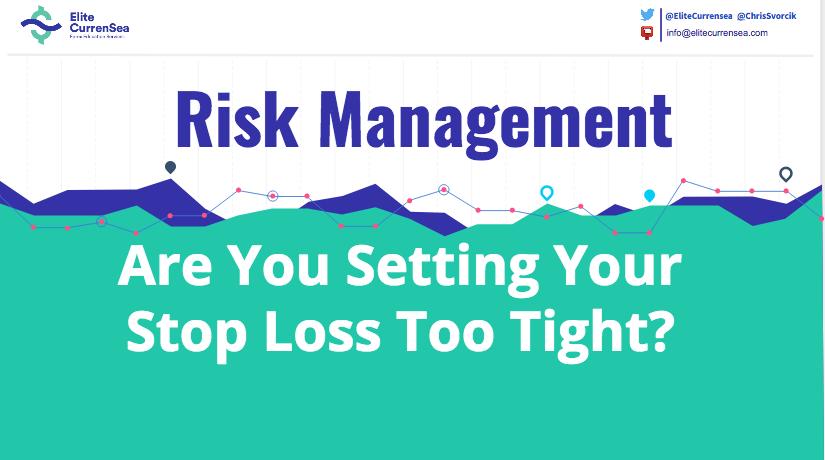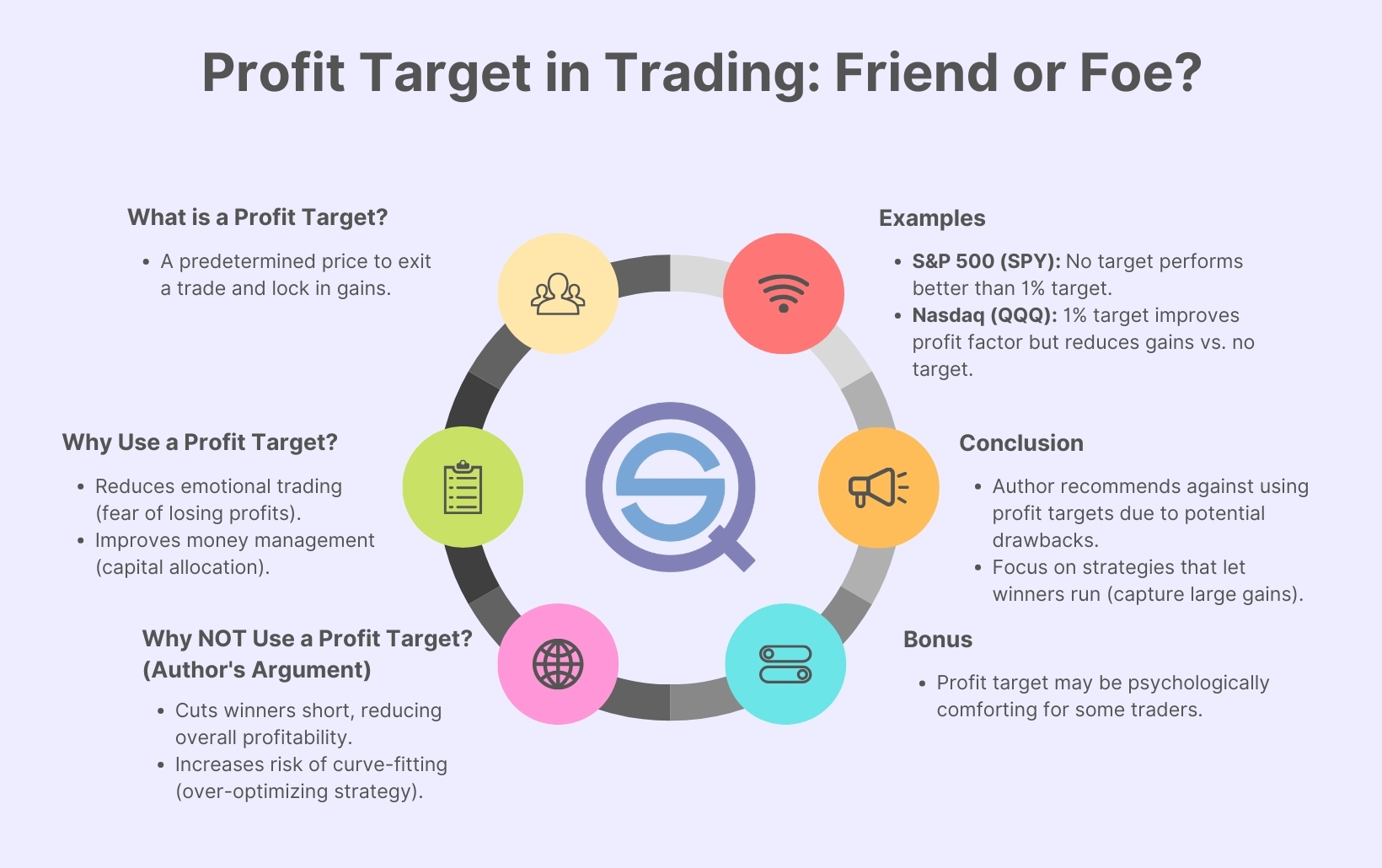Did you know that even the best traders sometimes set stop-loss orders so tight that they get stopped out right before a stock takes off? In day trading, understanding stop-loss risk is crucial for protecting your capital and refining your strategies. This article explores the concept of stop-loss risk, its impact on trading strategies, and the various types of stop-loss orders available. You'll learn how to set proper stop-loss levels, the dangers of setting them too tight, and the effects of market volatility and slippage. Additionally, we’ll discuss the psychological aspects of stop-loss trading and best practices for managing risk, especially in aggressive markets. With insights from DayTradingBusiness, you'll be equipped to minimize stop-loss risk while maximizing your gains.
What is stop-loss risk in day trading?
Stop-loss risk in day trading is the chance that your stop-loss order gets triggered during a sudden market move, causing you to exit a trade at a loss even if the market might rebound. It’s the risk of unexpected price gaps or rapid fluctuations hitting your predetermined exit point, leading to larger-than-expected losses.
How does stop-loss risk affect day trading strategies?
Stop-loss risk in day trading is the chance that your stop-loss order gets triggered during market volatility, causing you to exit a trade at a less favorable price. It can lead to unexpected losses if price swings hit your stop too early or if gaps bypass your stop level. Managing this risk involves setting appropriate stop-loss levels to avoid being stopped out by normal fluctuations, but too tight stops increase the chance of premature exits. Overall, stop-loss risk forces traders to balance protecting gains with avoiding unnecessary exits, impacting the effectiveness and profitability of their day trading strategies.
Why is understanding stop-loss risk important for traders?
Understanding stop-loss risk is crucial because it helps traders limit potential losses and protect their capital. It reveals how much a trade could lose if the market moves against them, preventing unexpected large losses. Managing stop-loss risk ensures traders stay disciplined, avoid emotional decisions, and maintain a sustainable trading strategy. Without it, a single bad trade could wipe out significant funds, making consistent profits impossible.
What are common types of stop-loss orders?
Common types of stop-loss orders in day trading are fixed stop-loss, trailing stop-loss, and mental stop-loss. Fixed stop-loss sets a specific price point to limit losses. Trailing stop-loss adjusts as the price moves favorably, locking in gains while protecting against reversals. Mental stop-loss is an informal decision to exit a trade when a certain loss threshold is hit, but it’s not placed directly in the market.
How do you set a proper stop-loss in day trading?
Set a stop-loss in day trading by placing it just below a recent support level or a predetermined percentage loss, like 1-2% of your capital. Use technical indicators such as moving averages or trendlines to identify safe exit points. Avoid setting stop-losses too tight to prevent getting stopped out on normal volatility. Adjust your stop-loss based on market conditions and your risk tolerance. The goal is to limit potential losses without exiting prematurely.
What are the risks of setting a stop-loss too tight?

Setting a stop-loss too tight can cause premature exits from trades, locking in small losses from normal market fluctuations. It increases the chance of being stopped out by minor price swings, missing out on potential gains. This can lead to higher transaction costs and reduced overall profitability. In volatile markets, a tight stop-loss might trigger frequently, disrupting your trading strategy and increasing stress.
How can wide stop-loss levels impact your trading?
Wide stop-loss levels increase your potential loss per trade if the market moves against you, risking larger capital depletion. They can also lead to bigger drawdowns and reduced account safety, especially in volatile markets. However, they might prevent premature exits from trades that have temporary fluctuations, allowing more room for the trade to develop. Overall, wide stop-loss levels raise stop-loss risk by amplifying potential losses and requiring careful risk management.
What role does market volatility play in stop-loss risk?
Market volatility increases stop-loss risk by causing price swings that can trigger your stop-loss prematurely or skip over it entirely, leading to unexpected losses or missed gains. During highly volatile periods, rapid price changes can activate your stop-loss before the market moves in your favor, or cause slippage, where the actual exit price is worse than your set stop. This unpredictability makes managing stop-loss orders more challenging and heightens the chance of larger-than-expected losses.
How does slippage influence stop-loss effectiveness?
Slippage reduces stop-loss effectiveness by causing the order to fill at a worse price than intended, increasing potential losses. When market moves quickly, your stop might trigger at a higher or lower price, making protection less reliable. This unpredictability can lead to bigger losses or missed exit points, undermining the risk management goal of stop-loss orders in day trading.
What are the psychological risks of stop-loss trading?
Stop-loss trading can lead to psychological risks like emotional decision-making, increased stress, and loss of confidence. Traders may become anxious or frustrated if stop-loss levels trigger unexpectedly, causing impulsive actions or revenge trading. It can also create fear of missing out or over-reliance on automatic exits, impacting mental clarity and leading to poor trading choices.
How can you manage stop-loss risk during aggressive markets?
Set tight stop-loss orders to limit potential losses quickly. Use trailing stops to lock in gains as the market moves in your favor. Avoid overleveraging—keep your position sizes small relative to your account. Monitor market volatility; adjust stop-loss levels to prevent being stopped out by normal price swings. Consider using mental stops based on technical levels instead of fixed prices. Stay disciplined and stick to your trading plan to avoid emotional decisions.
Learn about How Do Institutional Traders Manage Risk During Day Trading?
What are the best practices for adjusting stop-loss levels?
Set stop-loss levels based on recent support or resistance levels instead of fixed amounts. Use technical indicators like ATR to determine volatility-based stops. Avoid setting stops too tight, which can trigger premature exits, or too loose, risking larger losses. Adjust stop-loss as the trade moves in your favor to lock in gains. Consider market conditions—wider stops in volatile markets, tighter in stable ones. Regularly review and fine-tune your stop-loss to match changing price action.
How does stop-loss risk vary with different trading assets?
Stop-loss risk varies with trading assets because each asset's volatility and liquidity affect how much a stop-loss can protect you. In volatile assets like cryptocurrencies or tech stocks, price swings are sharp, so your stop-loss might get triggered prematurely or miss the full move. Less liquid assets can cause slippage, meaning your stop-loss might execute at a worse price than intended. Stable assets like blue-chip stocks or major forex pairs usually have tighter, more predictable stop-loss risk. Overall, risk depends on the asset's price behavior and market conditions, influencing how effectively a stop-loss limits losses.
Learn about How automation can help control stop-loss risk in day trading
What tools or software help monitor stop-loss risk?
Tools like TradingView, Thinkorswim, and MetaTrader help monitor stop-loss risk by providing real-time alerts, chart analysis, and automated order placement. Portfolio management platforms such as Tradestation and NinjaTrader also enable setting and tracking stop-loss levels to manage risk effectively. These tools help traders visualize stop-loss points, adjust them dynamically, and prevent large losses.
Learn about What tools can help monitor stop-loss risk?
How can traders minimize stop-loss risk while maximizing gains?
Traders minimize stop-loss risk by setting tight stop-loss orders that protect against big losses while adjusting them as the trade moves in their favor. Using trailing stops locks in gains and reduces risk of sudden reversals. Diversifying trades prevents overexposure to one asset. Analyzing market trends and using technical indicators helps place stop-losses at logical levels, avoiding premature exits. Managing position sizes ensures no single loss significantly impacts the account. Finally, staying disciplined with predefined risk-reward ratios keeps gains maximized while limiting downside.
Learn about How to minimize stop-loss risk during volatile markets
Conclusion about What is stop-loss risk in day trading?

In summary, understanding stop-loss risk is crucial for effective day trading strategies. Properly setting stop-loss orders can safeguard against significant losses while allowing traders to capitalize on market movements. By considering factors like market volatility, slippage, and psychological impacts, traders can refine their approaches to risk management. Implementing best practices and utilizing the right tools can enhance your trading performance. For comprehensive guidance on navigating stop-loss risk, DayTradingBusiness is here to support your trading journey.
Learn about How does leverage impact stop-loss risk in day trading?